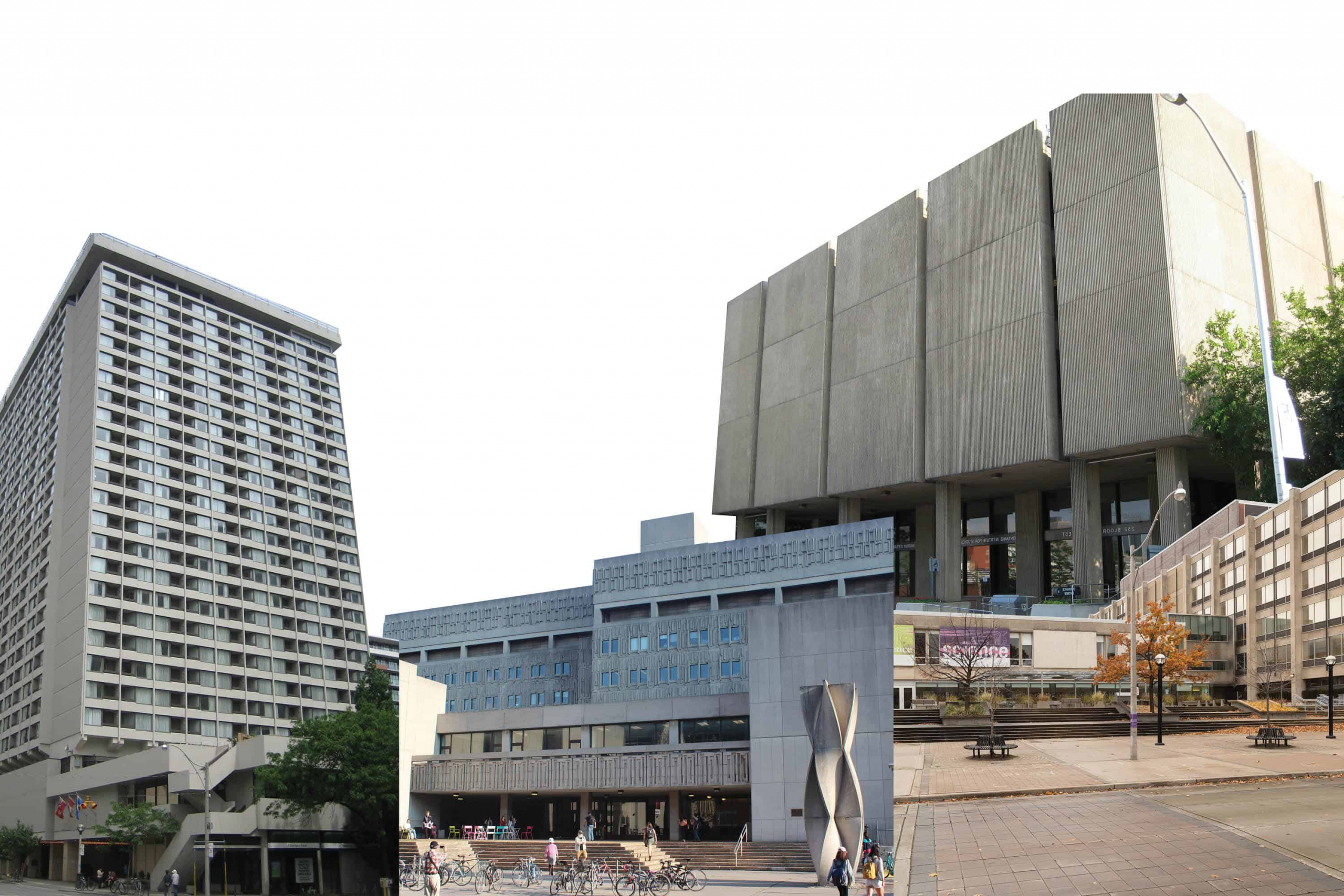The university’s annual report on deferred maintenance reveals that the total cost of repairs required on U of T’s buildings is $549 million, down $2.5 million from last year. The cost of deferred maintenance represents the amount of money in repairs that the university is delaying, typically as a cost-saving measure.
The majority of the liability for this year is at UTSG, which accounts for $478 million, up by $4 million since last year. About five per cent of this figure — approximately $24 million — represents deficiencies that must be addressed within the next year, while approximately $287 million represents deficiencies that must be handled in the next three to five years.
UTSC’s deferred maintenance repairs this year totalled $42 million, down $2 million from last year. UTM accounts for $29 million of the total cost of deferred maintenance, down $4 million from last year’s figure.
The report also stated that the university’s combined facility condition index (FCI) — a number obtained by dividing the cost of repairs required by the cost of replacing the building — stands at 13.4 per cent, higher than the 11 per cent the Council of Ontario Universities last reported in 2015, but 0.5 per cent lower than last year. If an FCI is over 10 per cent, then repairs are needed.
The FCI of the 10 buildings at UTSC is 11 per cent . The 14 buildings at UTM have a combined FCI of 6.7 per cent.
UTSG’s FCI currently stands at 14.7 per cent, down slightly from last year’s 15 per cent. Of the 101 academic and administrative buildings audited for the report, 71 were classified as being in poor condition.
The report also noted that the majority of UTSG buildings were built post-war and have lower construction quality than pre-war buildings and modern, complex buildings on campus. These post-war buildings tend to require a “fundamental renewal of building systems.”
The report also pointed out that the combined internal and federal funding is “approaching” the roughly $28 million needed to reduce the FCI to 12 per cent within 10 years at UTSG. According to the report, the university “can maintain and even start to improve the condition of our academic and administrative buildings [at U of T]” with this funding.
The document also detailed changes to be made to how the deferred maintenance figures are assessed, including shortening the auditing frequency from every seven years to every five years, incorporating costs associated with professional services and consulting fees, and providing more accurate building information.


